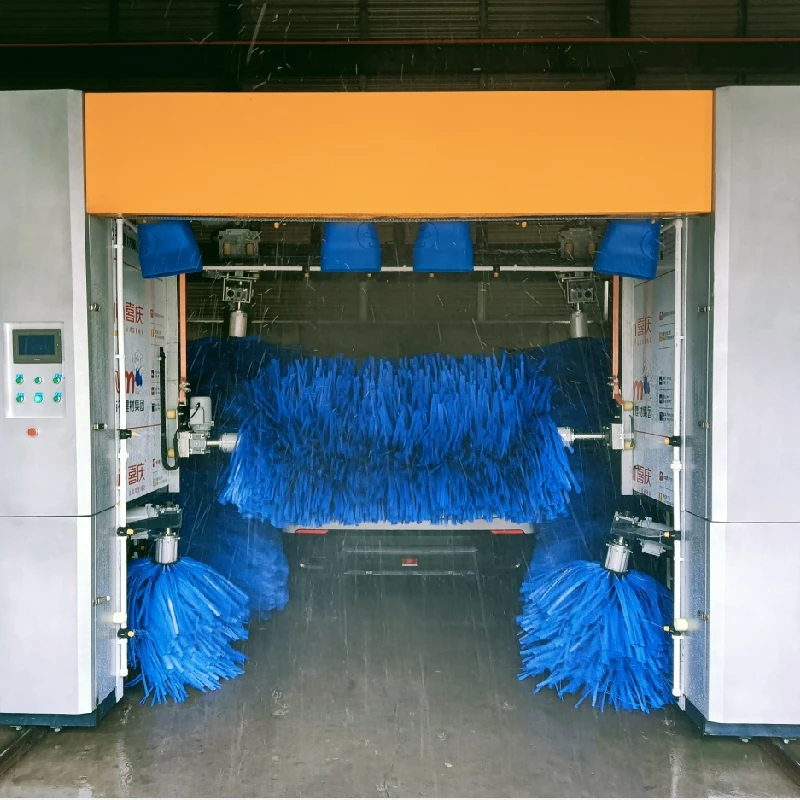
- Afrikaans
- Albanian
- Amharic
- Arabic
- Armenian
- Azerbaijani
- Basque
- Belarusian
- Bengali
- Bosnian
- Bulgarian
- Catalan
- Cebuano
- Corsican
- Croatian
- Czech
- Danish
- Dutch
- English
- Esperanto
- Estonian
- Finnish
- French
- Frisian
- Galician
- Georgian
- German
- Greek
- Gujarati
- Haitian Creole
- hausa
- hawaiian
- Hebrew
- Hindi
- Miao
- Hungarian
- Icelandic
- igbo
- Indonesian
- irish
- Italian
- Japanese
- Javanese
- Kannada
- kazakh
- Khmer
- Rwandese
- Korean
- Kurdish
- Kyrgyz
- Lao
- Latin
- Latvian
- Lithuanian
- Luxembourgish
- Macedonian
- Malgashi
- Malay
- Malayalam
- Maltese
- Maori
- Marathi
- Mongolian
- Myanmar
- Nepali
- Norwegian
- Norwegian
- Occitan
- Pashto
- Persian
- Polish
- Portuguese
- Punjabi
- Romanian
- Russian
- Samoan
- Scottish Gaelic
- Serbian
- Sesotho
- Shona
- Sindhi
- Sinhala
- Slovak
- Slovenian
- Somali
- Spanish
- Sundanese
- Swahili
- Swedish
- Tagalog
- Tajik
- Tamil
- Tatar
- Telugu
- Thai
- Turkish
- Turkmen
- Ukrainian
- Urdu
- Uighur
- Uzbek
- Vietnamese
- Welsh
- Bantu
- Yiddish
- Yoruba
Innovative Solutions for Modern Washing Systems and Technologies
Understanding Wash Systems An Essential Element for Industrial Efficiency
In today’s fast-paced industrial landscape, the importance of wash systems cannot be overstated. These systems are critical in various sectors, including manufacturing, automotive, electronics, and food processing. Wash systems ensure cleanliness, improve product quality, enhance operational efficiency, and comply with health and safety regulations. In this article, we will explore the different types of wash systems, their components, and their significance in various industries.
What Are Wash Systems?
Wash systems are integrated setups designed to clean and remove contaminants from surfaces, parts, or equipment. They utilize a combination of mechanical, thermal, and chemical processes to achieve desired cleanliness standards. These systems can vary significantly based on their application, ranging from simple manual wash stations to complex automated systems used in large manufacturing facilities.
Types of Wash Systems
1. Manual Wash Stations These are often used in smaller operations where equipment or parts do not require highly specialized cleaning. They typically involve sinks or basins where workers use wash fluids to clean components manually.
2. Ultrasonic Wash Systems These systems use high-frequency sound waves to create cavitation bubbles in a cleaning solution, which then implode and produce intense forces that dislodge contaminants from surfaces. This technique is particularly effective for intricate parts with complex geometries and tight spaces, such as electronic components.
3. Spray Wash Systems These are widely used in industrial settings. They employ high-pressure water jets and cleaning solutions to wash parts thoroughly. Spray systems can be automated and integrated into production lines for continuous cleaning processes.
4. Vapor Degreasing Systems In this process, parts are cleaned using solvent vapors. The solvents condense on cooler surfaces of the parts, lifting oils and greases effectively. This method is valuable for precision cleaning, particularly in the aerospace and electronics industries.
5. Centrifugal Wash Systems These utilize centrifugal force to expel contaminants from the parts being cleaned. The maintenance of cleanliness and zero residue is critical in sectors like pharmaceuticals and biotechnology.
Key Components of Wash Systems
A typical wash system consists of several critical components
wash systems

- Cleaning Chamber The area where the parts are cleaned, often designed for optimal flow and maximizing exposure to cleaning agents.
- Heaters Many wash systems incorporate heaters to raise the temperature of the cleaning solution, enhancing its efficacy.
- Filtration Systems These are essential for maintaining clean wash solutions by removing particulate contaminants. Proper filtration prolongs the life of the cleaning agents and ensures consistent results.
- Control Systems Advanced wash systems feature automated control systems that allow operators to adjust settings such as temperature, pressure, and cleaning duration to meet specific cleaning requirements.
Significance of Wash Systems
1. Quality Assurance Cleanliness is paramount for product quality. Residues, oils, or contaminants can compromise the performance and reliability of components. Implementing an effective wash system ensures that products meet stringent quality standards.
2. Operational Efficiency Automated wash systems reduce the time and labor associated with cleaning processes. This efficiency translates into shorter downtime and the ability to produce more output in less time.
3. Regulatory Compliance Many industries are subject to strict regulations regarding cleanliness. Having a state-of-the-art wash system helps organizations comply with these standards, reducing the risk of fines or sanctions.
4. Safety Maintaining clean equipment not only enhances product quality but also improves workplace safety. Contaminated surfaces can lead to slips, spills, and other accidents. A proper wash system mitigates these risks.
5. Environmental Benefits Modern wash systems are designed to use less water and cleaning agents while maximizing cleaning efficacy. This not only reduces operational costs but also aligns with sustainability goals.
Conclusion
As industries evolve and the demand for cleaner, more efficient manufacturing processes grows, the role of wash systems becomes increasingly critical. By investing in the right wash system, businesses can enhance product quality, improve efficiency, and ensure compliance with health and safety standards. Understanding the various types of wash systems and their components enables organizations to make informed decisions, ultimately leading to better operational outcomes and a more sustainable future. Whether it is through manual stations or automated setups, wash systems remain a vital part of the industrial ecosystem.
-
Integrating Aqua Tunnel Car Wash in Shopping CentersNewsJun.24,2025
-
Gas Station with an Auto Car Wash MachineNewsJun.24,2025
-
Efficiency in Your Aqua Tunnel Car Wash: Power & Water-SavingNewsJun.24,2025
-
Car Wash Business with Advanced Auto Car Cleaning MachinesNewsJun.24,2025
-
Balancing Setup Costs with Aqua Tunnel Car WashNewsJun.24,2025
-
Aqua Tunnel Car Wash: Eco-Design for the Energy-Savvy EntrepreneurNewsJun.24,2025



